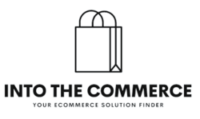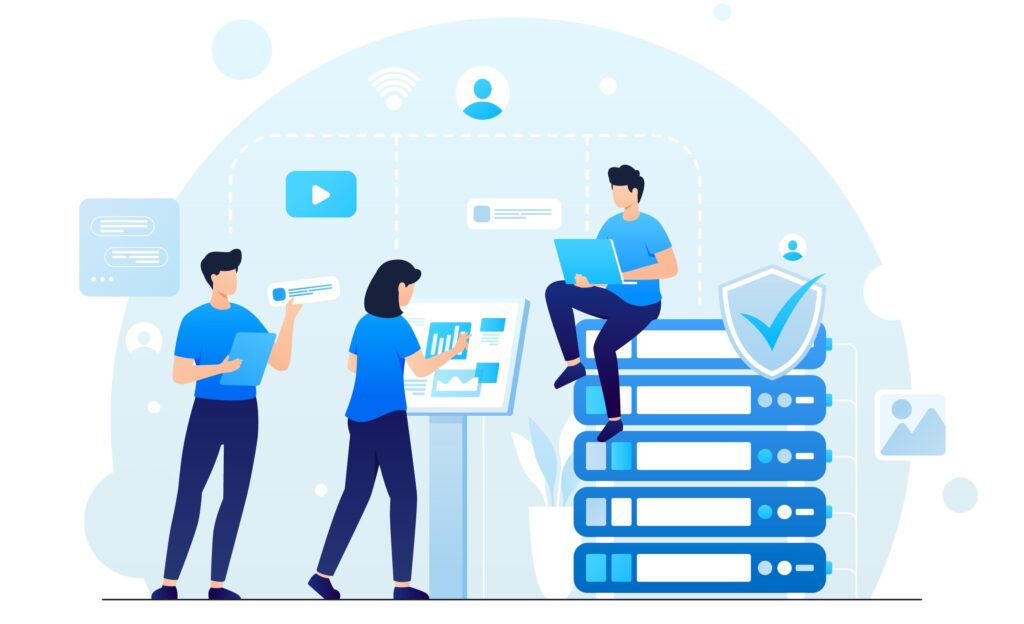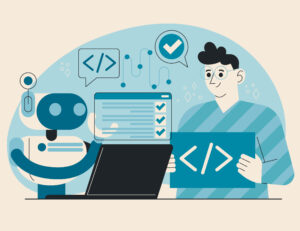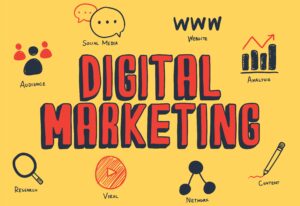The Software-as-a-Service (SaaS) market has witnessed a significant transformation in recent years, with disruptive forces reshaping the way software is developed, delivered, and consumed. This article explores the concept of disrupting the SaaS market and its implications for businesses and consumers. And now the size of the business software has expanded, explore more on it here.
Disruption refers to a fundamental change or breakthrough that challenges traditional practices and business models, often resulting in the displacement of established players by new, innovative entrants. In the context of the SaaS market, disruption involves introducing novel approaches that redefine software delivery, pricing, scalability, and user experience.
A Shift in Software Delivery Model:
One of the key aspects of disrupting the SaaS market is the shift from traditional software licensing models to subscription-based services. This model allows customers to access software-on-demand, eliminating the need for expensive upfront investments. The subscription-based approach also enables continuous updates and improvements, ensuring users have access to the latest features and security enhancements.
Agility and Scalability of SaaS:
Disruptive SaaS providers leverage cloud computing technologies to offer unparalleled agility and scalability. With cloud infrastructure, they can rapidly deploy and scale software applications based on user demand. This flexibility empowers businesses to quickly adapt to changing market conditions and easily expand their operations, resulting in enhanced productivity and cost-effectiveness.
Enhanced User Experience:
User experience is a crucial element in disrupting the SaaS market. Disruptive companies focus on developing intuitive, user-friendly interfaces that simplify complex tasks. They invest in extensive user research and employ design thinking principles to create software that aligns with user needs and preferences. By prioritizing user experience, disruptive SaaS providers differentiate themselves and attract a loyal customer base.
Democratization of Technology:
Disrupting the SaaS market has led to the democratization of technology. Previously, sophisticated software solutions were accessible only to large enterprises with substantial resources. However, disruptive SaaS providers offer affordable, feature-rich applications that cater to the needs of small and medium-sized businesses. This democratization of technology empowers organizations of all sizes to leverage advanced software tools and compete on a level playing field.
Hence, disrupting the SaaS market represents a paradigm shift in software delivery, transforming the way businesses and individuals access and utilize software solutions. The shift to subscription-based models, coupled with cloud computing technologies, has revolutionized the industry, making software more accessible, scalable, and user-friendly. As disruptive forces continue to shape the SaaS landscape, businesses must embrace innovation and leverage these advancements to stay competitive in an ever-evolving digital world.
Which software will disrupt the SaaS market?
The software-as-a-service (SaaS) model, characterized by multi-tenancy and on-demand pricing, is poised to disrupt numerous business software markets across various functional areas. Traditionally, there are several types of software solutions in finance, operations, HR, marketing, and sales that have been offered as on-premise installations or through perpetual licensing models.
However, the SaaS model brings significant advantages that make it highly attractive to businesses, especially small and medium-sized enterprises (SMEs).
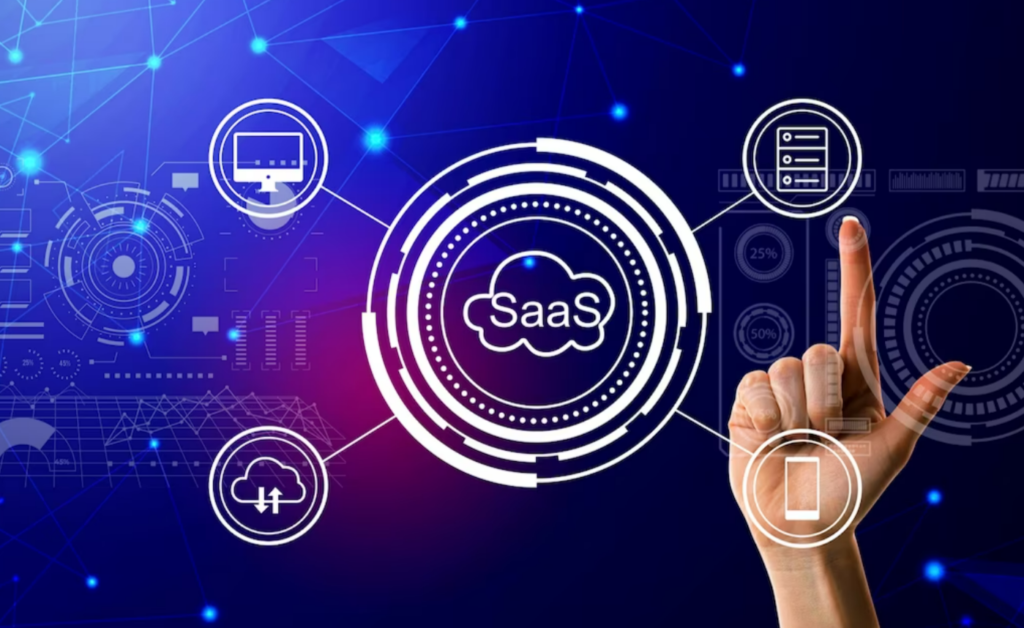
One of the key reasons why SaaS is likely to disrupt these software markets is its ability to cater to the specific needs and budgets of SMEs. Many smaller businesses do not require the full range of functionalities provided by traditional enterprise software solutions.
The SaaS model allows these businesses to access software on a subscription basis, paying only for the features and capabilities they require. This utility-based pricing model offers cost savings and flexibility, enabling SMEs to streamline their operations without investing in complex and expensive software systems.
Moreover, the SaaS model often employs tiered pricing structures, which further accelerate the transition from on-premise software to on-demand solutions. By offering different pricing tiers based on varying levels of functionality or usage, SaaS providers can cater to businesses with diverse needs. This approach aligns well with the cost-saving potential of SaaS, as it ensures that businesses only pay for the specific features and capabilities they require.
Additionally, tiered pricing makes SaaS solutions more accessible to organizations with limited requirements or those who wish to test the software’s suitability before committing to a higher-priced plan.
The finance industry is one software market that is ripe for disruption by SaaS. Financial management systems, accounting software, and budgeting tools traditionally required significant upfront investments and ongoing maintenance.
However, SaaS offerings in this domain provide cost-effective alternatives, allowing businesses to manage their finances efficiently without the need for extensive IT infrastructure or dedicated software installations.
Similarly, operations software, including inventory management, supply chain management, and project management tools, is also susceptible to disruption by the SaaS model. By adopting cloud-based solutions, businesses can access these functionalities from any location, collaborate in real-time, and benefit from regular updates and improvements without the burden of managing software installations on their premises.
Human Resources (HR) software, covering areas such as employee management, payroll, and performance tracking, is another market that can be significantly disrupted by SaaS. The on-demand nature of SaaS allows HR departments to streamline their processes, automate routine tasks, and ensure compliance without the need for extensive hardware or software setups.
Marketing and sales functions are also poised for disruption by SaaS. Customer relationship management (CRM) systems, marketing automation platforms, and email marketing tools can all be delivered effectively through the SaaS model, providing businesses with the necessary tools to reach and engage their target audience, analyze data, and improve their marketing and sales strategies.
Conclusion
So yes, the SaaS model can potentially disrupt a wide range of business software markets, including finance, operations, HR, marketing, and sales. It’s utility-based pricing, tiered offerings, and accessibility to SMEs make it an attractive alternative to traditional on-premise software solutions.
As businesses continue to seek cost-effective and flexible software options, the SaaS model is likely to play a pivotal role in reshaping the software industry across multiple functional areas.
Still, have something in mind to ask? Let that just not be in your mind, write to us here.
